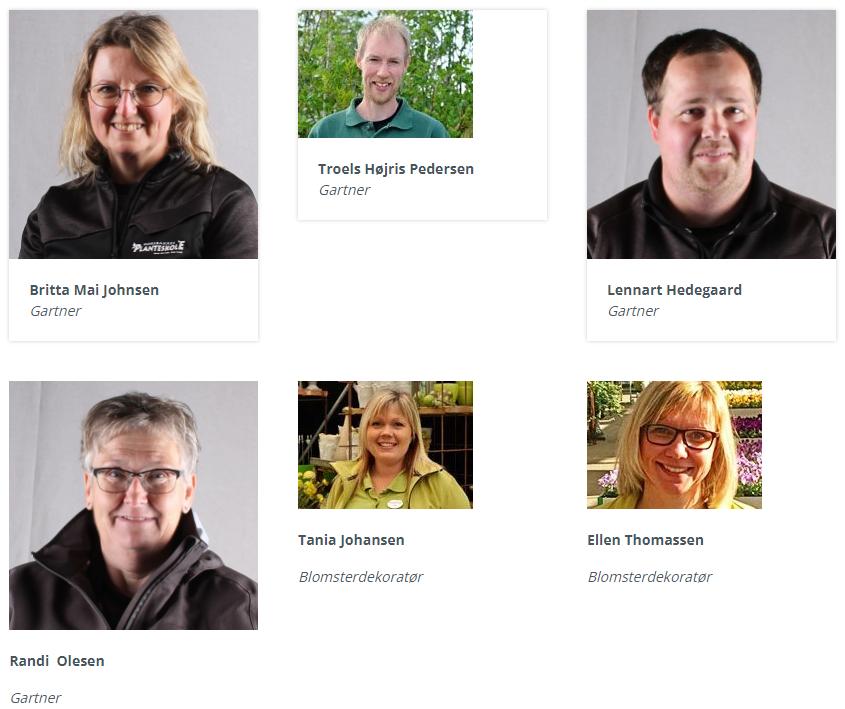Stock
photo
syndrome
"Stock photo syndrome" came up when a colleague and I were looking for images of tents for a client, and could not find any, that did not look like camping is this otherworldly adventure to a perfect Narnia full of rainbows, Colgate-smiles and greek yoghurt with raspberries.

Image source: Shutterstock
Anyone who has ever been camping knows that the above is not what life in a tent is like.
"Too perfect"
Whether you represent or buy from a company, you have some sort of idea about who they are. You know that there are people behind the facade and that none of them look like the little faces you seen next to phone numbers on every website.

Image source: COLOURBOX
Our issue with stock photos
As a company you want to be trustworthy and professional.
Obviously fake images unfortunately do not achieve this. Maybe it is too easy for an SEO like myself who analyse websites for a living to see through this, but the response from friends when discussing this topic makes it clear that non-IT professionals too see, and laugh, at the "too perfect" images they meet when shoppping online or working from their home office.
Have you ever seen someone work at a desk like this?

Image source: gettyimages
With a few examples of stock photo syndrome behind us, let us try to define what they are with words:
Stock photo syndrome definition
When images and videos on a website are so perfect, it becomes creepy and inhuman instead of trustworthy and professional.
Do let me know, if you think the definition should be updated, contact details for Anders Gerlev Hansen are on the front page of this site.
How to avoid stock photo syndrome
With a clear view of what "bad stock photos" are, I will discuss how to avoid it.
The simple answer is: Take real photos of the actual people working for your company.
The slightly longer answer is that, for me at least, I look at other parameters than image sharpness and other superficial metrics, when trying to decide whether or not an image or video on a website makes me trust that they know how to bake cakes.

Image source: 123rf.com
What I look for
I like real people with real expertise and experience.
My favourite place to shop for plants does it right. It is not a "pretty" page by any webdesign standards, but the pictures of real staff members make me trust, that when I have questions or ask for recommendations regarding plants, they know what they are talking about. I believe they have a healthy business and it is not because they faked it till they made it. They made it, till they did not have to fake anything.

Screenshot from 15/10/2021: Link to page
My sincere apologies if this comes off as arrogant or anything, but I want to point out the details that I see in the image. Details that you might call imperfections, but I would argue that they are the perfections and exactly what makes these images instill trust and professionalism in the world of plants in a way no stock photo ever could:
- Lighting is inconsistent
- Angles are never the same
- Image sizes are different
- The images are taken in the actual store
- There are old and young people
- Company uniforms and name tag
- Teeth, hair, clothes and other things are not "picture perfect"
All of this combines to tell me the story of actual people working there.
That is what I want to see on a website. That is what builds trust with me.
Do you agree?
A note on the stock photos used in this blog post
I do not endorse and am not affiliated with any of the sites mentioned here. I left the stock watermarks in place on purpose. In choosing sites, I did my best not to include affiliate sites and if your stock photo site did not get picked, it was probably because I could not right click save the image I wanted.